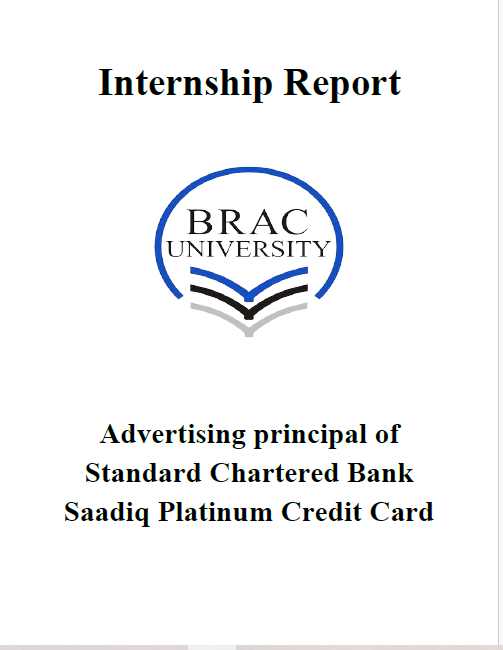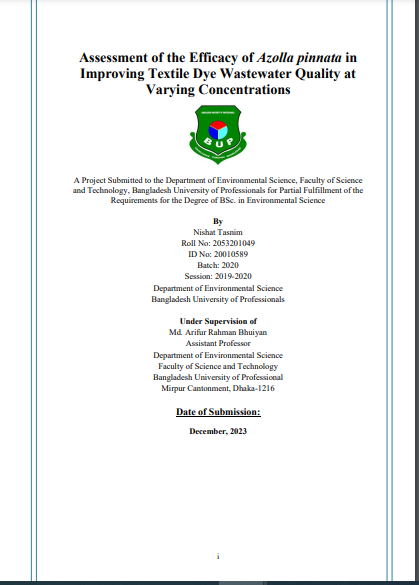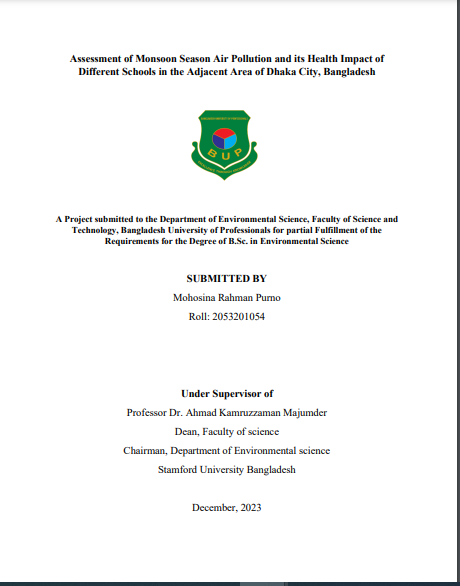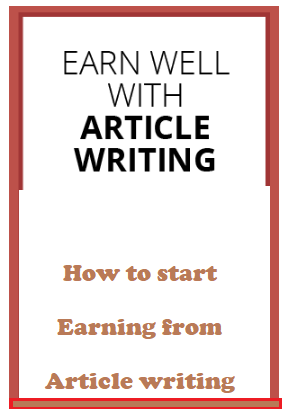
How to Start Earning from Article Writing? Article writing is the process of creating content for a specific audience or purpose, typically to inform, educate, entertain, or persuade. Articles can appear in various forms of media, including newspapers, magazines, websites, blogs, or academic journals.
Key Features of Article Writing:
Here are some main key features of article writing:
1. Clear Purpose
- You must write articles with a specific aim, such as to inform, educate, entertain, or persuade the audience. Basically, clear purpose basis articles always attract unique audience.
- The Style and content are refined to the target readers, such as students, professionals or the general publics.
2. Engaging Title
- Article Title or Content title is one of key points of focus audience. Because title makes first impression from audience.
- A catchy and relevant headline grabs the reader’s attention and gives an idea of the content.
3. Well-Structured Format
Here’s a well-structured format for article writing:
Title/Headline
- A clear, engaging, and relevant title that grabs attention.
- Example: “10 Tips for Boosting Your Productivity at Work.”
Introduction
- Purpose: Captures the reader’s interest and introduces the main topic.
- Content: Include a hook (interesting fact, statistic, or question) and a brief overview of the article.
- Example:
“Are you struggling to meet deadlines and stay organized? Productivity is a skill everyone can improve with the right strategies. In this article, we’ll explore 10 proven tips to help you work smarter and achieve your goals.”
Body (Main Content)
- Purpose: Provide detailed information, insights, or arguments on the topic.
- Structure:
- Divide the content into subheadings or sections for clarity.
- Use bullet points, examples, or data to support your points.
Conclusion
- Purpose: Summarize the main points and provide closure.
- Content: Restate the key takeaways, offer a final thought, or include a call to action.
- Example:
“By applying these productivity tips, you can make the most of your time and achieve better results at work. Start implementing them today and experience the difference!”
Call to Action (Optional)
- Encourage readers to take further action, like:
- Sharing the article.
- Leaving comments or feedback.
- Exploring related content.
- Example: “Did you find these tips helpful? Share them with your friends and let us know your thoughts in the comments!”
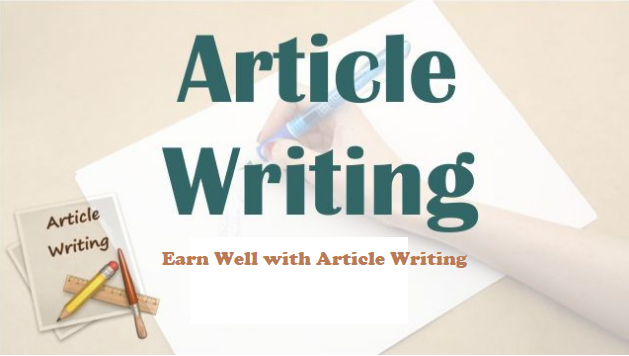
4. Target Audience
Focusing on the target audience in article writing involves tailoring your content, tone, and style to meet the needs, interests, and preferences of your intended readers. Here’s how you can effectively focus on your target audience:
Understand Your Audience
- Define Who They Are:
- Identify demographics (age, gender, location).
- Understand psychographics (interests, values, goals).
- Research Your Audience:
- Analyze social media trends, surveys, or forums.
- Study existing content consumed by the audience.
- Example: If your audience is young professionals, they might prefer practical, concise, and action-oriented content.
- The language, tone, and style are tailored to suit the intended readers, such as professionals, students, or the general public.
Choose a Relevant Topic
- Address the audience’s needs, questions, or pain points.
- Write about trending or valuable topics that resonate with them.
- Example: A fitness blog for beginners could include, “5 Easy Workouts to Start Your Fitness Journey.
Use Specific Examples and References
- Include relatable scenarios or case studies that appeal to your audience’s experiences.
- Example: For parents, write: “Struggling to keep your kids entertained during weekends? Try these creative activities.”
Keep the Content Readable
- Use subheadings, short paragraphs, and bullet points for easy navigation.
- Add visuals like images, infographics, or charts to engage readers.
5. Originality
Originality in article writing means creating content that is fresh, unique, and adds value to the reader. It ensures your work stands out and avoids duplication or plagiarism. Here are key aspects of maintaining originality:
Write From Your Perspective
- Share your unique thoughts, insights, or experiences on a topic.
- Offer personal opinions or interpretations that add a new angle.
Research Extensively
- Gather information from multiple credible sources to get a well-rounded understanding of the topic.
- Combine facts with your analysis to present new ideas.
Avoid Copy-Pasting
- Do not directly lift content from other articles or sources.
- If referencing someone else’s work, properly paraphrase or use quotes with attribution.
Bring New Ideas
- Tackle unexplored or niche aspects of a topic.
- Share innovative solutions or unconventional viewpoints.
Be Authentic
- Reflect your voice, tone, and personality in the writing.
- Avoid generic phrases or overused clichés.
Use Creativity
- Think creatively about presenting ideas, such as storytelling, examples, or analogies.
- Enhance your content with original metaphors, comparisons, or visuals.
Conduct Original Research (Optional)
- If possible, include data, surveys, or case studies you’ve conducted yourself.
- Example: Interviewing an expert to provide insights on a topic.
Use Plagiarism Checkers
- Tools like Grammarly, copy scape, or Turn it in can ensure your work is free of unintentional plagiarism.
Why Originality Matters:
- Builds credibility and trust with your audience.
- Improves SEO rankings for online articles.
- Helps establish your identity as a unique voice in your field.
Would you like tips on how to brainstorm original ideas for your articles?
Types of Articles:
- Informative: Focus on delivering facts or explaining concepts (e.g., “How to Start a Blog“).
- Persuasive: Aim to convince readers of a viewpoint (e.g., “Why Renewable Energy is the Future”).
- Descriptive: Paint a vivid picture of a place, person, or event (e.g., travel articles).
- Expository: Explain a process or provide step-by-step instructions (e.g., “How to Bake a Cake”).
- Narrative: Share a story or personal experience (e.g., memoir pieces).
Importance of Article Writing:
- Communication: Helps convey ideas effectively.
- Engagement: Builds a connection with the audience.
- Marketing: Promotes products, services, or brands.
- Knowledge Sharing: Educates readers on various topics.
You might also like: How can earn money from guest post?





